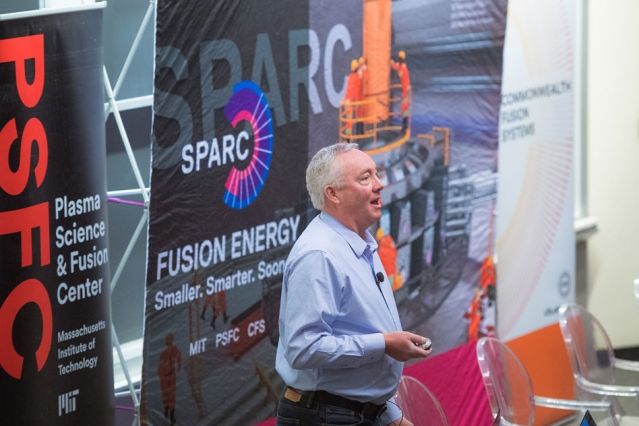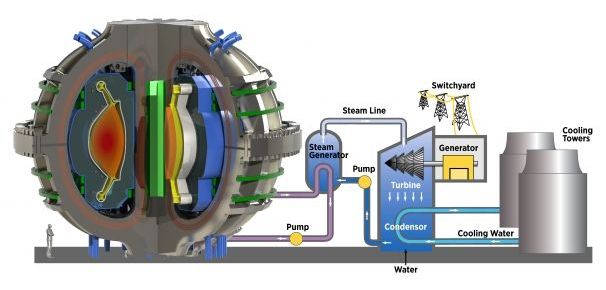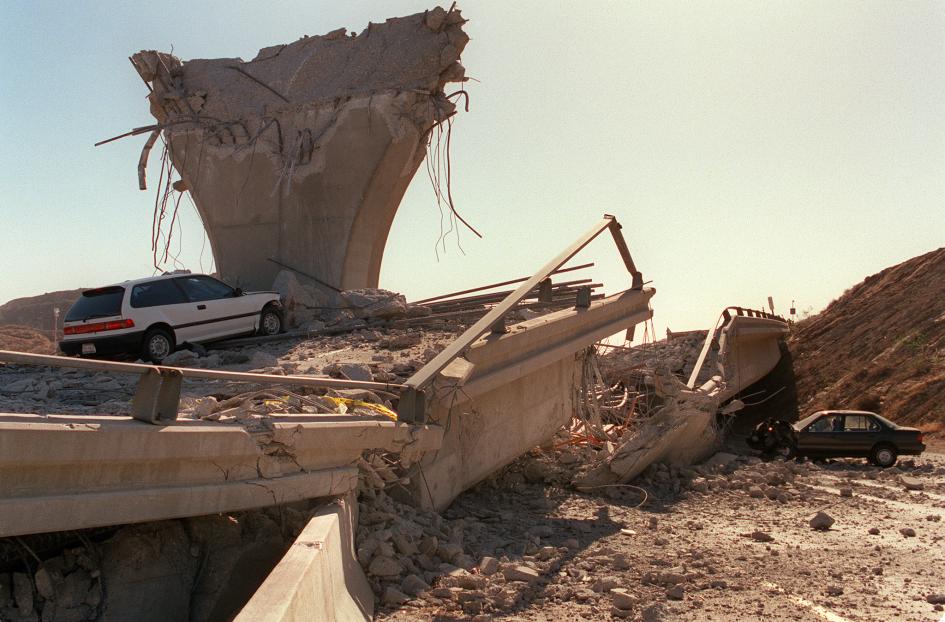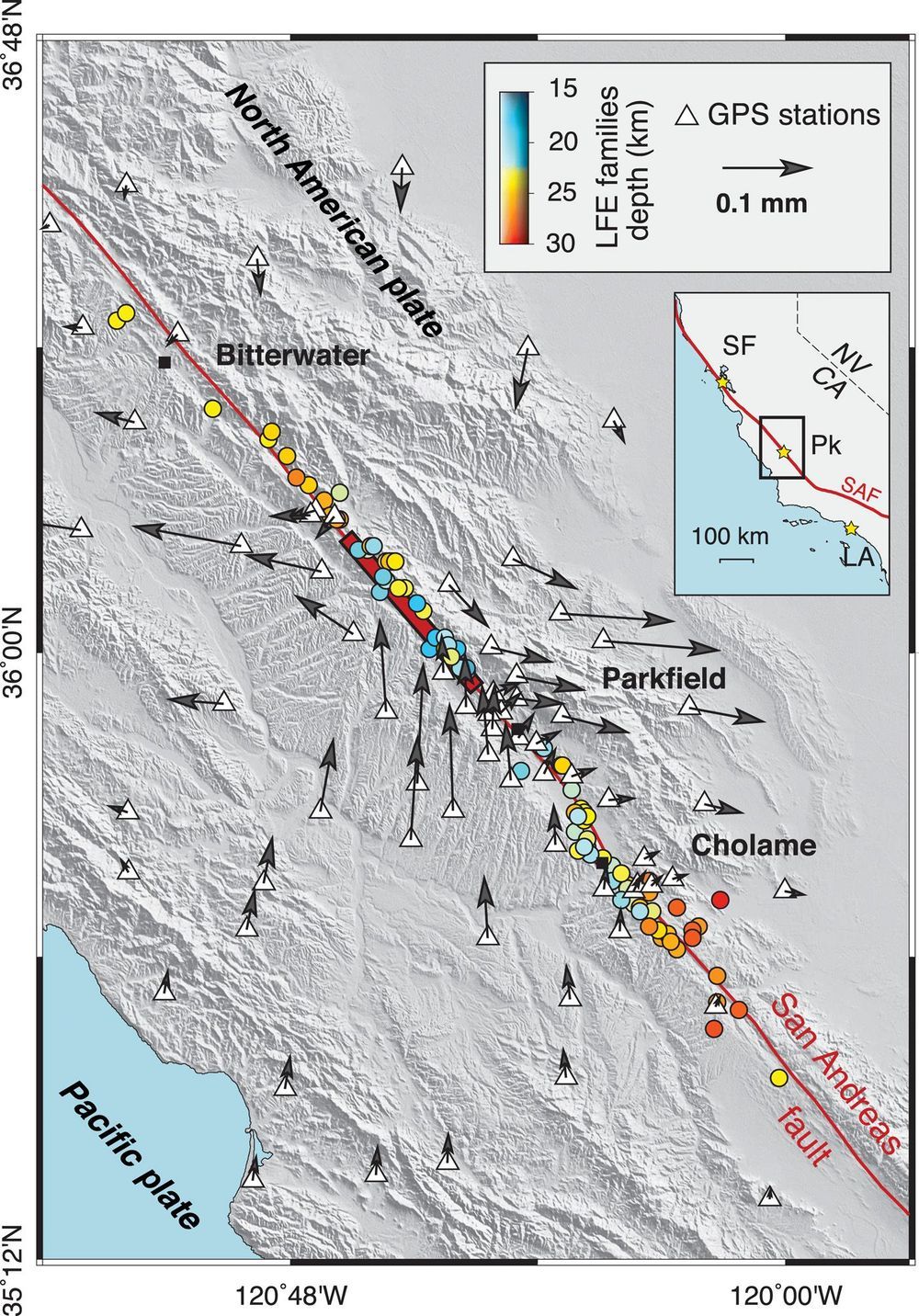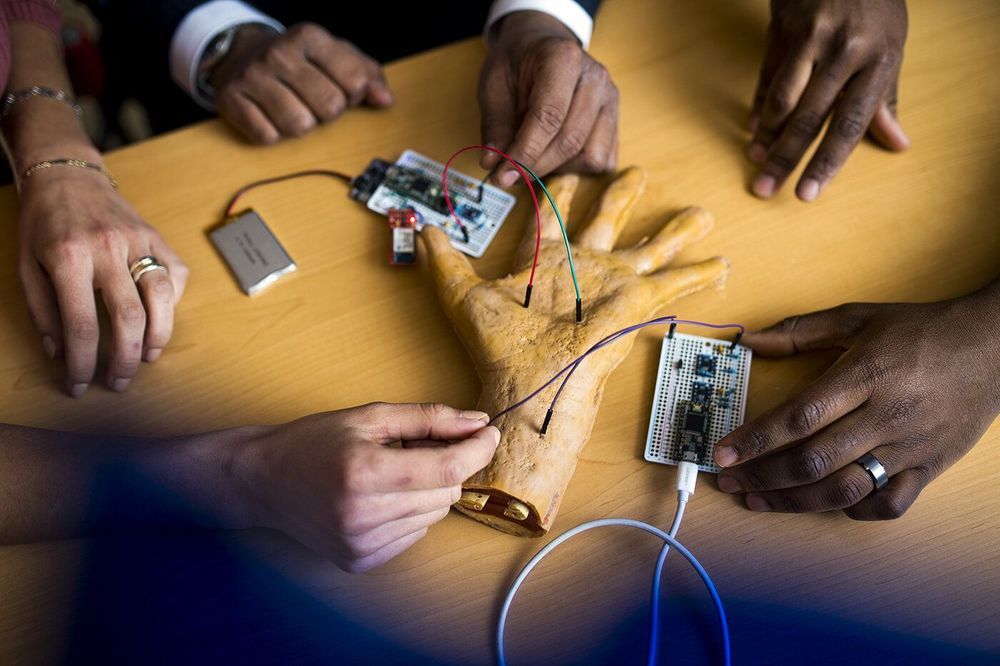Page 8885
National Academies study recommends a pilot fusion energy program that aligns with MIT’s fusion approach and SPARC project.
Apr 29, 2019
Every three minutes, an earthquake strikes in California
Posted by Quinn Sena in category: futurism
A comprehensive new catalog that factors in “hidden” quakes is helping scientists better understand the planet’s tectonic activity.
Apr 29, 2019
Burger King plans nationwide roll out of vegan Impossible Whopper
Posted by Heather Blevins in categories: food, sustainability
‘IMPOSSIBLE WHOPPER:’ The new Impossible Whopper is a plant-based version of the brand’s iconic Whopper sandwich, and has no beef. MORE: https://bit.ly/2GPqNe2
LOS ANGELES — Burger King announced on Monday that it plans to extend testing of their vegan Impossible Whopper into additional markets across the nation, eventually making the vegan burger available nationwide.
The new Impossible Whopper is a plant-based version of the brand’s iconic Whopper sandwich, and has no beef.
Continue reading “Burger King plans nationwide roll out of vegan Impossible Whopper” »
Apr 29, 2019
Slow slip events in the roots of the San Andreas fault
Posted by Quinn Sena in category: futurism
Episodic tremor and accompanying slow slip are observed at the down-dip edge of subduction seismogenic zones. While tremors are the seismic signature of this phenomenon, they correspond to a small fraction of the moment released; thus, the associated fault slip can be quantified only by geodetic observations. On continental strike-slip faults, tremors have been observed in the roots of the Parkfield segment of the San Andreas fault. However, associated transient aseismic slip has never been detected. By making use of the timing of transient tremor activity and the dense Parkfield-area global positioning system network, we can detect deep slow slip events (SSEs) at 16-km depth on the Parkfield segment with an average moment equivalent to Mw 4.90 ± 0.08. Characterization of transient SSEs below the Parkfield locked asperity, at the transition with the creeping section of the San Andreas fault, provides new constraints on the seismic cycle in this region.
The discovery of deep-seated slow slip events (SSEs) was enabled by the establishment of continuous global positioning system (GPS) measurements at the Nankai and Cascadia subduction zones (1, 2). Soon after, tectonic tremors that are temporally and spatially correlated with SSEs were discovered in Japan , leading to the recognition of the coupled phenomenon called episodic tremor and slip (ETS) (4, 5). ETS mostly occurs below the transition from brittle to ductile fault zone properties , where increasing temperatures and pore pressures due to metamorphic dehydration reactions inhibit fast ruptures. Long-lived tremor signals, in contrast with classical earthquakes, are made of a large number of low-frequency earthquakes (LFEs) that are thought to be due to the activation of small seismic asperities by surrounding slow slip. Strain rate transients due to SSEs correlated with tremor bursts are observed for transient durations ranging from minutes to months.
Apr 29, 2019
Seafloor fiber optic cables can listen for earthquakes
Posted by Quinn Sena in categories: electronics, internet
Some 70% of Earth’s surface is covered by water, and yet nearly all earthquake detectors are on land. Aside from some expensive battery-powered sensors dropped to the sea floor and later retrieved, and a few arrays of near-shore detectors connected to land, seismologists have no way of monitoring the quakes that ripple through the sea floor and sometimes create tsunamis. Now, a technique described online in Science this week promises to take advantage of more than 1 million kilometers of fiber optic cables that crisscross the ocean floors and carry the world’s internet and telecom traffic. By looking for tiny changes in an optical signal running along the cable, scientists can detect and potentially locate earthquakes. The technique requires little more than lasers at each end of the cable and access to a small portion of the cable’s bandwidth. Crucially, it requires no modification to the cable itself and does not interfere with its everyday use.
Apr 29, 2019
PaintBot: A deep learning student that trains then mimics old masters
Posted by Quinn Sena in categories: information science, robotics/AI, transportation
Artificial intelligence has been showing us many ish tricks as apers of human-created art, and now a team of researchers have impressed AI watchers with PaintBot. They have managed to unleash their AI as a capable mimic of the old masters.
AI can deliver a Van Gogh–ish, Vermeer–ish, Turner–ish painting. The team, from the University of Maryland, the ByteDance AI Lab and Adobe Research, turned an algorithm into a mimic of the old masters.
“Through a coarse-to-fine refinement process our agent can paint arbitrarily complex images in the desired style.”
Continue reading “PaintBot: A deep learning student that trains then mimics old masters” »
Apr 29, 2019
Researchers develop secure method for sending sensitive personal data from wearable tech
Posted by Saúl Morales Rodriguéz in categories: biotech/medical, health, internet, mobile phones, wearables
Smart watches. Pacemakers. Internet-connected glasses. These are devices designed to make life easier. And yet, all this wearable technology can be hacked. The devices send personal health information to your smartphone over the airways, so anyone with the know-how could scoop it up and steal it. But now, researchers at Northeastern have a better, more secure idea: Send data through your body.
Associate professor Kaushik Chowdhury worked with a team of researchers from the Draper Laboratory in Cambridge, Massachusetts, and the Federal University of Paraná in Brazil to develop a safe, hacker-proof method to transmit sensitive data.
“The truth is, no matter what I do when it comes to wireless devices, I’m radiating the signal through the air,” Chowdhury says. “There is the danger that the signal can be jammed, or analyzed by someone else. Our method secures this sensitive information so it can’t be leaked.”
Apr 29, 2019
Non-thermal plasma: new technology could kill 99.9% of the deadly germs in the air
Posted by Quinn Sena in categories: biotech/medical, food, health
You can live without food for three weeks and without water for up to three days. But you can’t live without air for more than three short minutes. It’s not just the abundance of air that matters – the quality is essential, too. Unfortunately, air can be contaminated with dangerous germs known as airborne pathogens, such as bacteria and viruses.
Airborne diseases are very easily transmitted, and can result in respiratory illness that can be life threatening. It’s therefore no wonder that outbreaks of airborne infectious diseases are a major public health concern, and that researchers are working hard to come up with technologies to provide clean air. So far, however, such technologies have had limited success.
Now a new study suggests that non-thermal plasma – a cool gas made up of electrically charged particles, despite having no overall charge – could inactivate airborne viruses and provide sterile air. Although the technology has a long history and many applications (in medicine and food industry), this is a completely new use for it.
